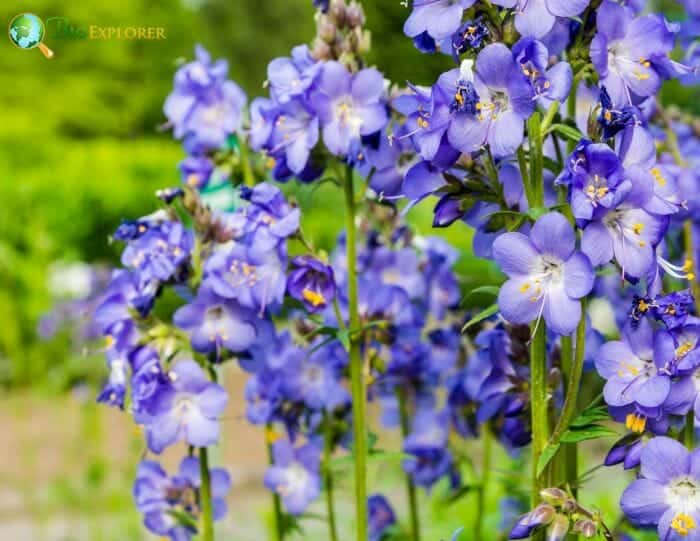
Intricate and delicate, Throatwort (Trachelium caeruleum) dazzles with its thick cushions of blue-violet flowers and gives any garden or flower arrangement an elegant, lace-like charm.

Not to mention that with a common name such as throatwort, it is easy to understand the secrets of this unusual perennial herbaceous plant. Throatwort is native to central and western Mediterranean regions of North Africa and Europe.

Its genus name is derived from the Greek word “trachelos” which means neck, hence its common name throatwort. There are about three species[1] of throatworts. They include Trachelium caeruleum, Trachelium lanceolatum, and Trachelium × halteratum.

Although there are several varieties of Trachelium today, it can be said that there are very few differences between them. The flowers come in shades of white, green, pink, purple, and blue, but the flowers of the white varieties age more quickly.
Members of the genus Trachelium are typically perennials but can also be cultivated as hardy garden annual plants. Its erect and branched stems grow on a woody base and can reach a height of 102 cm. Its dark green leaves are lanceolate and have unparalleled veins.
The branches of the stems are crowned by flat, dome-shaped clusters made up of hundreds of small, lightly scented tubular florets, about 1.3 centimeters in diameter.











